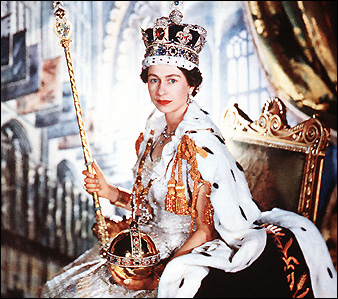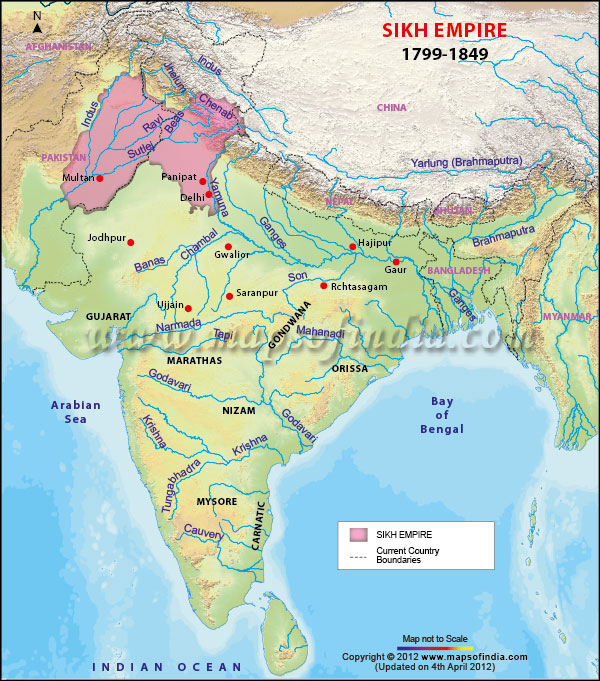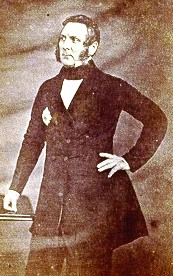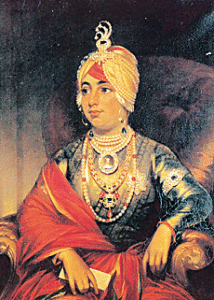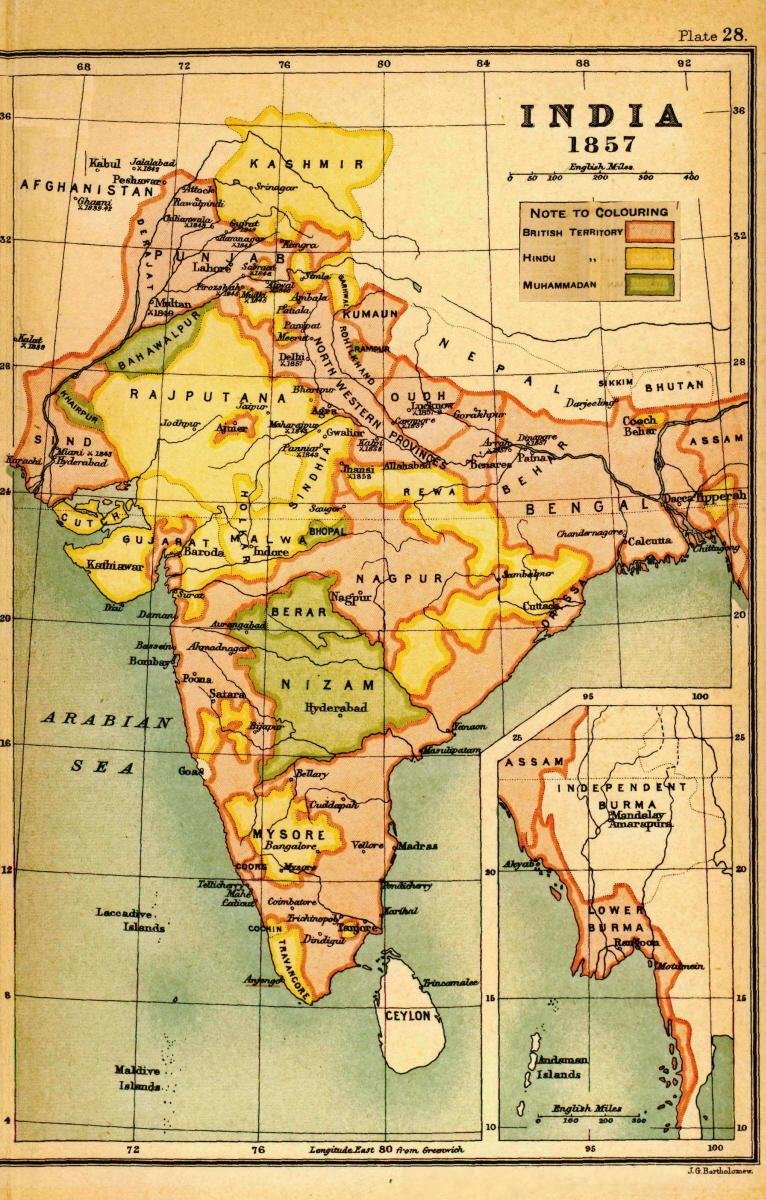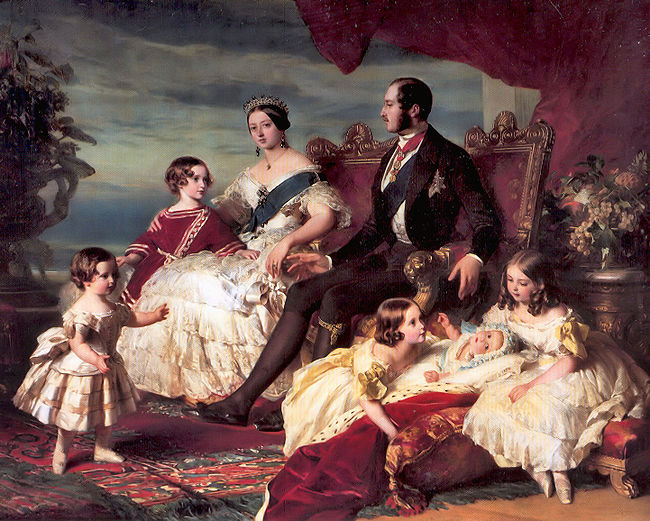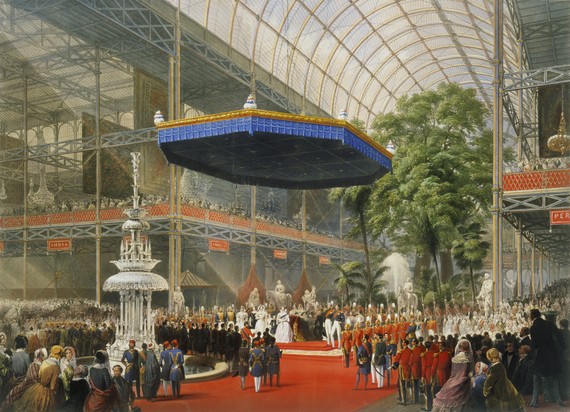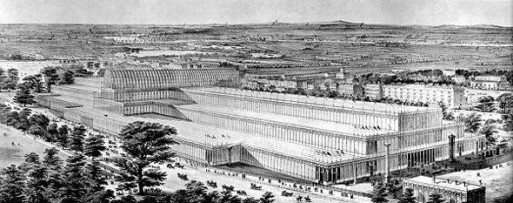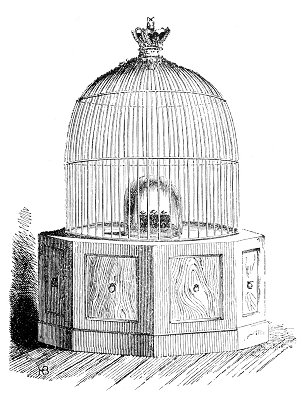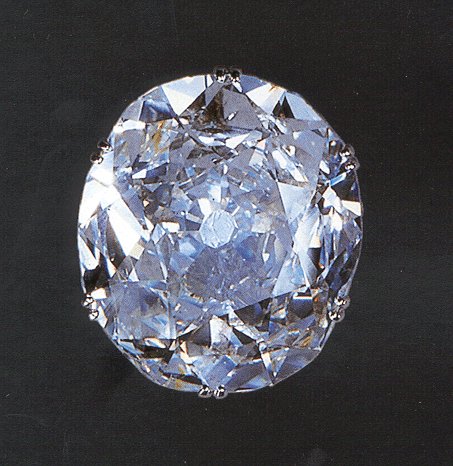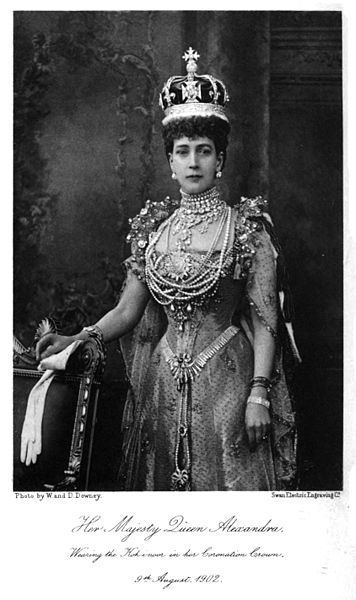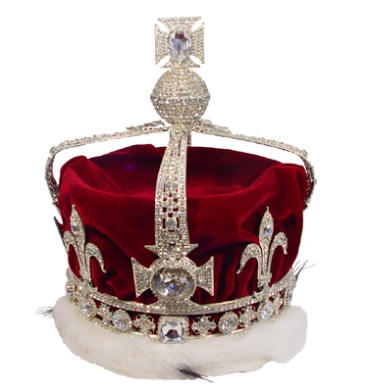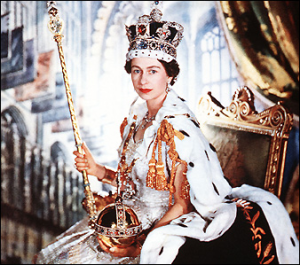This is the last part of the Koh-i-Noor diamond series. Make sure you check the first part of its history as well as the legend.
Because of the struggle for succession that started after Ranjit Singh death, in 1829, only his minor son will remain alive. Having his mother Jindan Kaur as regent, Dulip Singh will be proclaimed king in 1843.
Later, after two lost wars against the British, the Sikh empire will seize to exist and Punjab becomes part of the British Empire in India.
The Sikh Empire was divided into four provinces: Lahore, Multan, Peshwar, and Kashmir.
One of the terms of the Treaty of Lahore, the legal agreement formalizing this occupation, was as follows: “The gem called the Koh-i-Noor which was taken from Shah Shuja-ul-Mulk by Maharajah Ranjit Singh shall be surrendered by Maharajah of Lahore to the Queen of England”.
The famous diamond comes in the possession of the British Governor General of India, Lord Dalhousie.
He will receive many critics regarding the fact that he should have confiscate everything for the Queen. Lord Dalhousie answered that he thought it more suitable that the defeated minor Indian prince would present the Koh-i-Noor diamond to him than to the victorious Queen, stating that he has done everything in an honourable way.
Lord Dalhousie and Dulip Singh
To Dr. John Login is given the mission to transport the precious jewel from Toshakhara to Lahore. He is also entrusted with the important assignment of guarding the young Indian prince Dulip Singh.
In Lahore, the Koh-i-Noor diamond enters in the custody of one of the three British Officials of the Punjab Government, John Lawrence. He almost loses it, leaving the diamond in the pocket of one of his coats.
He remembers about the jewel only after six weeks, when a message comes from Lord Dalhousie, transmitting the Queen wish regarding the Koh-i-Noor. Luckily enough the box with the diamond was putted in a safe place by an old servant.
In the dangerous trip from Lahore to Bombay, Lord Dalhousie himself carries the Koh-i-Noor.
In Bombay the famous jewel remains almost two months, until the arrival of the ship HMS Medea and its departure on the 6th of April 1850. The only ones on the ship who knew about the precious cargo were Lieutenant Colonel Mackeson and Captain Ramsay.
Map of India in 1857
The trip to England was not an easy one. An epidemic of cholera broke on the board of the ship. Because of it, the people of the Mauritius Island refuse to supply them, requesting the immediate departure of the ship.
After this they will face a powerful storm that lasted twelve hours. Finally they reach England and the two officers in charge disembarked at Portsmouth.
The box containing the Koh-i-Noor is delivered to the Chairman and Deputy Chairman of the East India Company, John Shepherd, on 2nd July 1850. Next day the Queen receives it at the Buckingham Palace.
Victoria’s family in 1846 by Franz Xaver Winterhalter left to right: Prince Alfred and the Prince of Wales; the Queen and Prince Albert; Princesses Alice, Helena and Victoria
In 1851 prince Dulip Singh comes to England especially to present the Koh-i-Noor diamond to the Queen in an official ceremony, as Governor General Dalhousie planned.
Later an exhibition is held in Hyde Park, London, for the British public.
Queen Victoria opens the Great Exhibition in the Crystal Palace in Hyde Park, London, in 1851.
At the Crystal Palace, a massive structure measuring 1848 ft by 408 ft by 108 ft, built especially for this exhibition, the people were not satisfy by the Koh-i-Noor appearance.
Aerial view of the Crystal Palace, built for the 1851 exhibition, it burned down in 1939.
Many blamed the rose cut of the diamond for the lack of sparkly lights.
The Koh-i-Noor diamond in the display cage at the exhibtion, 1851.
Before giving his approval in the re-cutting of the Koh-i-Noor, Prince Albert consults many experts in this matter. The re-cutting took 38 days and cost £ 8,000 ($ 40,000). The result was a fine oval diamond with dimensions of 36.00 x 31.90 x 13.04 mm and 66 facets. Sadly in the re-cutting process, the Koh-i-Noor lost much of his weight, now having only 105,602 carats.
The Koh-i-Noor diamond after the recutting process
In 1853 Queen Victoria orders the Crown Jewellers, Garrards to mount the diamond on a tiara. The result was a magnificent piece with more than two thousand diamonds surrounding the Koh-i-Noor. Later in 1858 the Queen ordered a new one that will be finished next year.
In 1901, after Queen Victoria’s death, Queen Alexandra wore the Koh-i-Noor in a new crown, at the coronation of her husband, King Edward VII.
Queen Alexandra wearing the Koh-i-Noor in her coronation crown.
In 1911 the Koh-i-Noor diamond is mounted on a new crown made for the Coronation of Queen Mary, the Queen Consort of King George V.
And later in 1937, the famous jewel was set in the Maltese Cross at the front of the crown (based on Queen Victoria’s regal circlet) for the Coronation of Queen Elizabeth, the Queen Consort of King George VI.
Queen Elizabeth crown with the Koh-i-Noor diamond
In 1947 the Government of India requested the return of the Koh-i-Noor diamond. With no results this will be followed by another in 1953, the year of the Coronation of Queen Elizabeth II.
The Queen holds the Orb and Sceptre used at her Coronation, 2 June 1953.
In 1976, the former Prime Minister of Pakistan, Zulfikar Ali Bhutto sends a letter to the British Prime Minister, James Callaghan, requesting the return of the famous diamond to Pakistan. Also Iran and Afghanistan claimed the ownership of the Koh-i-Noor. The British Government responded to all the claims that the Koh-i-Noor was presented to Queen Victoria by the last successor of Maharajah Ranjit Singh, his youngest son Dulip Singh and that is rightfully theirs.
The truth is that the Koh-i-Noor was always a spoil of war in the hands of foreign rulers.
Today the famous diamond is on display with other Crown Jewels in the Tower of London.
